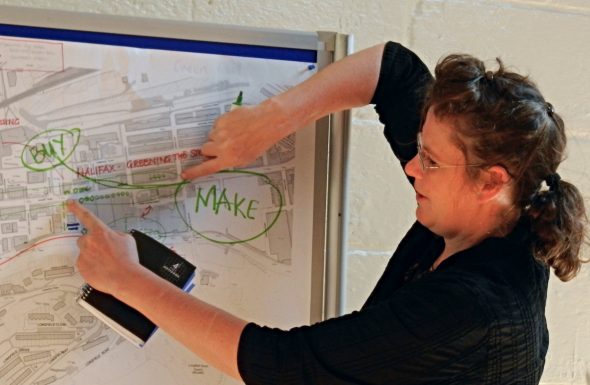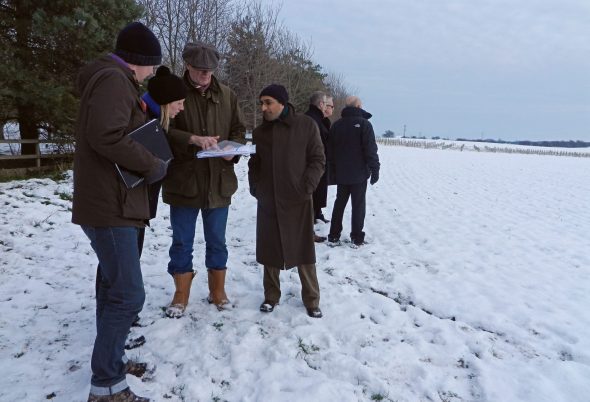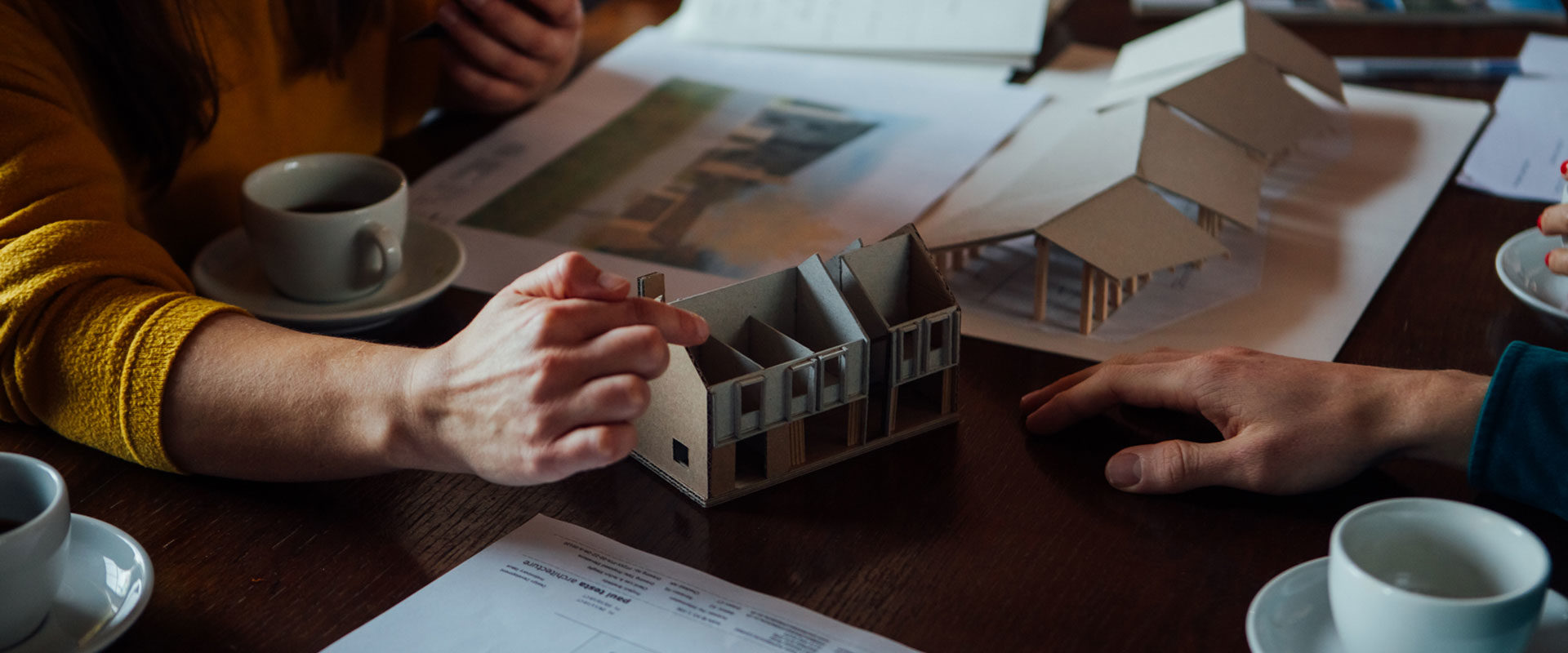For some projects, especially those with tricky sites, Design Review can be invaluable. Tom Lonsdale, a Chartered Landscape Architect and Chair of the Yorkshire Design Review writes about the merits of Design Review.

In our experience, Design Review always leads to better designs and happier clients, as well as a much higher chance of planning success. However, few people know what Design Review is or why it’ll be beneficial to their project. That’s why we invited Tom Lonsdale to share his knowledge and expertise.
I’m glad of this opportunity to clear up some of the myths and misunderstandings about Design Review that slows its widespread adoption in our industry. Design review rewards clients and the wider public by working with designers to improve the quality of their work.
Typically it involves a carefully selected group of experienced practitioners reviewing the site’s context, the brief and emerging design ideas. They then engage in a creative discussion with the design team about how they will achieve the best result. The object is emphatically NOT to find fault but to find and explain opportunities for improvement.
There’s a common belief that it involves a bunch of big-headed ‘know-it-alls’ pulling a lovingly produced scheme to pieces. The reality couldn’t be more different and most who have elected to invite a review, from architect to the client, actually feel really positive about it, especially if the review takes place at an early sketch design stage.
The benefits of Design Review
The exercise itself can often be truly exhilarating for all involved and reignites the creativity back into the project. Design teams and their clients will have been so close to the project for so long that it’s difficult for them to step back and objectively review whether they have missed something precious: the Panel has fresh eyes and can often spot something in an instant. It’s not uncommon for more efficient solutions to be identified too, with potential financial benefits cancelling out the cost of review.
Perhaps the biggest gain though is when planning permission is sought. The existence of a design review report and an account of how its recommendations have been taken into account has enormous value in justifying the design proposals. Planning Officers are less inclined to rely on their own subjective opinions or those of elected members who can be influenced by hostile objectors. This alone justifies design review to the clients who pay for it. And in my experience, it is often the client who declares at the end of a review what an inspirational experience it has been and how it has changed the way they look at their site.

When should Design Review happen
The very best time is once all constraints of the site, budget and client aspirations have been thoroughly digested and the first serious sketch designs begin to emerge. The National Planning Policy Framework (NPPF) explicitly calls for local planning authorities to make arrangements for and signpost review, so it is a regular and familiar stage in all significant projects. So, to get the most out of Design Review: plan it into the critical path so that it happens at the right time and well before a planning application is made.
Sometimes the Planning Authority will ask that a submitted scheme is reviewed but that is a recipe for conflict unless the scheme is faultless. The ideal scenario is that the scheme is submitted for planning together with the review report and an account of how it was assimilated and responded to.

The review itself will always benefit from a prior site visit with the Panel being guided around the site by a representative of the client or design team before the review commences. The idea is for the Panel to comprehend the site in a way that cannot be conveyed in session. The review itself will begin with introductions and it’s really helpful for all multidisciplinary team members, the clients and, ideally, an observer from the Planning Authority to be present.
The design team is then asked to present to the panel: the content and style of this presentation is key to a great review. Diagrams invariably convey thought patterns more effectively than words or fancy CGIs. An hour is sufficient for almost any scheme to be presented and assessed but the Yorkshire Panel always allows at least another half hour so that there is plenty of time for discussion and creative exchange. Design Review is an enjoyable and stimulating experience for both sides and often concludes with lots of warm handshakes and smiles!

About the Yorkshire Design Review Panel
The Yorkshire Panel is managed by Integreat Plus in Sheffield and reviews everything from single dwellings to large scale strategic masterplans. Membership comprises carefully selected built environment professionals from a national pool. Many have teaching experience and the principal selection criteria for becoming a panel member include the ability to analyse a scheme very quickly, comprehend its response to the site, and make constructive and helpful suggestions in a personable manner.
For more information visit: https:// www.integreatplus.com/home/services/design-review
About the author
Tom Lonsdale is a Chartered Landscape Architect, urban designer and CABE Built Environment Expert (BEE). From early days as Chief Landscape Architect for Manchester City Council, he spent twenty years leading the successful landscape consultancy, Camlin Lonsdale, before retiring to concentrate on what he calls ‘quality mentoring’. In that guise, he now chairs the regional Yorkshire Design Review Panel and the Barnsley local panel and has served on numerous other panels around the UK. He is available for advice on preparation for review and ‘place audit’ on sensitive sites.
Find out more about how use Design Review
Visit our advice page for more expert information
